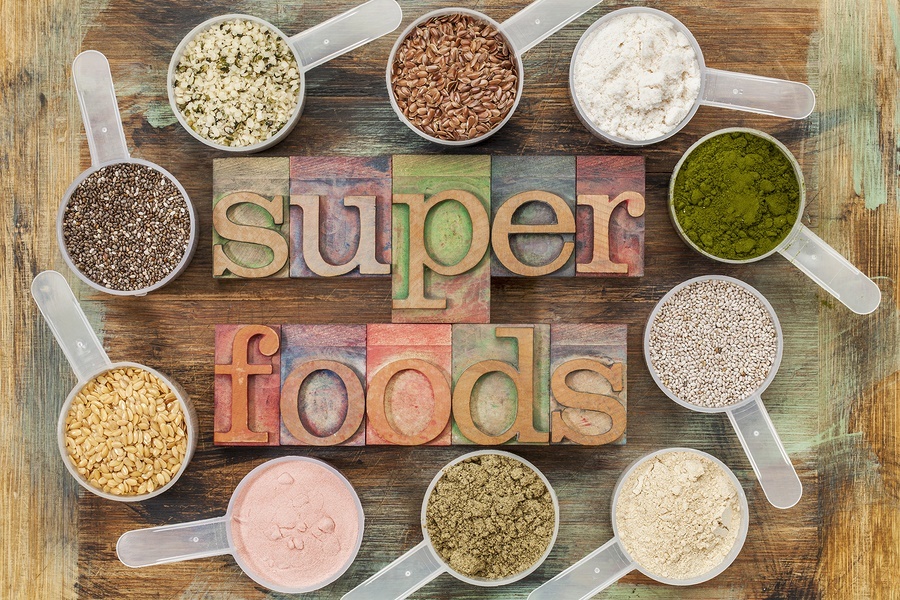Table of Contents
When it comes to superfoods and nutrient density, foods that are nutrient dense have more essential nutrients by volume and fewer calories. For the superfoods and nutrient density, for instance, that you’re hungry after you’ve already had lunch and start looking for a snack about the middle of the afternoon. Your choices are an apple or a glazed donut. In this article, you’ll learn about superfoods and nutrient density.
Both are about the same size. The donut has approximately 200 calories and 1 gram of fiber. It tastes good and if there are more in the box, you may eat a second or a third before you’re full because a single donut won’t fill you up.
The apple has 80 calories and is packed with vitamins, phytochemicals, and 3.6-4.6 grams of fiber. Eat the apple and it will satisfy you until supper because its density equals that of three glazed donuts. Low calorie foods with high nutrient density are clearly good for weight loss and maintenance, and most of them also qualify as “superfoods” for a host of other reasons.
General Rule of Thumb
You’ll see many items on short and long lists of superfoods. As a general rule of thumb, when you’re shopping, stay on the edges of the store where you’ll find produce, lean meats, and low fat dairy items. That’s superfood territory.
The middle regions of the grocery store are the land of processed, packaged foods that may or may not be good for you, a determination you can’t make without a PhD in label reading. Even then, there’s no guarantee of full disclosure in regard to ingredients.
But once you learn which foods you like that are also nutrient dense superfoods, your choices become much simpler and the guess work is eliminated.
The Bottom Line
The bottom line is this. What you eat affects your health. You can good make choices that maximize nutrition. In doing so you support weight loss and the chance for a longer life free of cardiovascular disease, cancer, diabetes, and cognitive impairment from aging. Let’s single out cancer to further explore these assertions.
Stats
According to the American Cancer Society and the American Institute for Cancer Research, eating right, exercising more, and not smoking can eliminate more than 50 percent of cancers. By making better lifestyle choices, more than half of the cancer diagnoses made every year can just go away!
This staggering effect comes from a diet that emphasizes fruits, vegetables, and healthy meat like fish. These foods introduce essential fiber while lowering inflammation in the body. They contain antioxidants and nutrients that eliminate the activity of free radicals and the tissue damage they cause.
Fruits and vegetables linked to low cancer rates include (but are not limited to): carrots, sweet potatoes, spinach, kale, papaya, tomatoes, cauliflower, cabbage, cress, bok choy, broccoli, blueberries, blackberries, and garlic.
Various population studies point to the importance of raising levels of Vitamins A, B, C, E, D, and certain types of carotenoids to lower the risk of cancer – elements delivered by these fruits and vegetables.
Clearly, understanding the specific nutritional mechanism associated with plant-based foods is essential in making your selections. That information does not stop at vitamins and minerals, however. Biologically active compounds called phytonutrients are also important for their role in protecting the body against many forms of disease, not just cancer.


 I love to write books about family, dating, household, and healthy living. My books are written for everyone in an easy to read and understandable style.
I love to write books about family, dating, household, and healthy living. My books are written for everyone in an easy to read and understandable style.